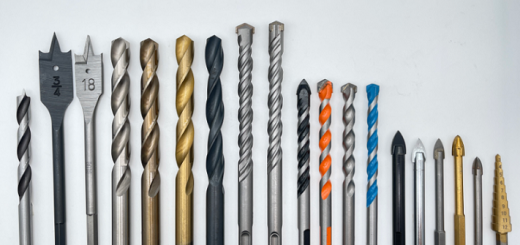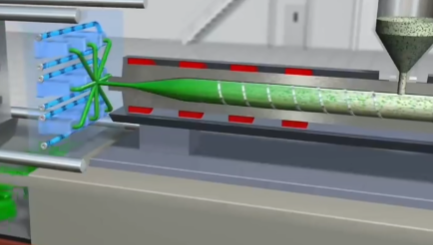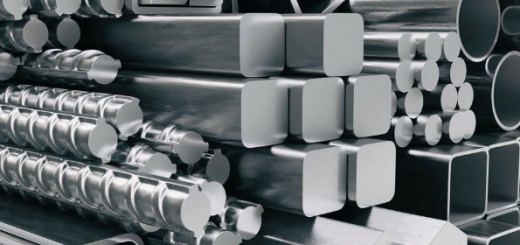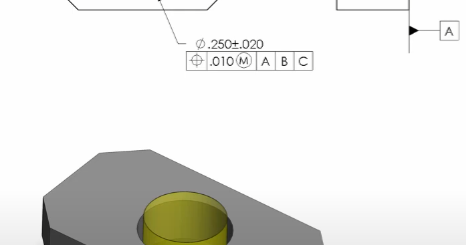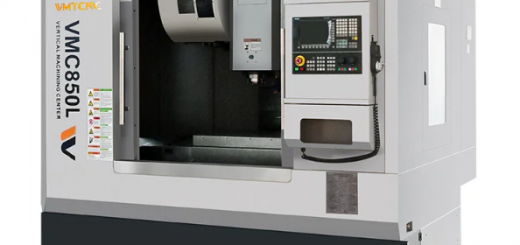Factors Affecting Surface Finish – How to Improve Surface Roughness
Surface finish is critical in precision machining, it determines the quality and performance of the machined parts. A smooth and consistent surface finish is essential for various applications, ranging from automotive components to aerospace parts. Here we’ll explore the factors affecting surface finish, especially the chatter, and how to get the best surface roughness.
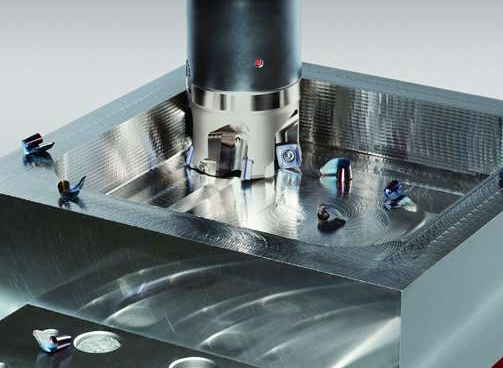
Chatter Impact on Surface Finish
Achieving a superior surface finish can be a challenging task, with numerous factors influencing the outcome. Among these factors, chatter – an undesirable vibration that occurs during the machining process – stands out as a significant contributor to poor surface finish. The vibration can cause uneven cutting, resulting in a wavy or irregular surface pattern on the workpiece. The severity of chatter can vary, ranging from mild waviness to severe grooves and ridges, significantly affecting the surface finish.
The impact of chatter on surface finish can be detrimental in several ways:
- Increased Surface Roughness: Chatter leads to uneven material removal, creating peaks and valleys on the workpiece’s surface. This irregular surface texture results in higher surface roughness values, which can compromise the part’s functionality and performance.
- Dimensional Inaccuracy: Severe chatter can cause material removal beyond the intended dimensions, leading to dimensional errors and deviations from the desired specifications.
- Tool Wear and Breakage: The excessive vibrations caused by chatter can accelerate tool wear and increase the risk of tool breakage, resulting in additional costs and downtime.
- Poor Aesthetic Appearance: In applications where surface finish is crucial for aesthetic purposes, such as in the automotive or consumer product industries, chatter can significantly degrade the visual appeal of the part.
Factors Contributing to Chatter
To effectively mitigate the impact of chatter on surface finish, it is essential to understand the factors that contribute to its occurrence. Several elements play a role in the development of chatter, including:
- Cutting Parameters: Improper selection of cutting parameters, such as feed rate, spindle speed, and depth of cut, can increase the likelihood of chatter. Finding the optimal combination of these parameters is crucial for achieving a stable and chatter-free machining process.
- Tool Geometry and Condition: The geometry of the cutting tool, including its rake angle, helix angle, and edge preparation, can influence its chatter behavior. Additionally, a worn or damaged tool can increase the risk of chatter.
- Workpiece Material and Setup: The properties of the workpiece material, such as its hardness and machinability, can contribute to chatter. Furthermore, an improper workpiece setup, including inadequate clamping or support, can amplify vibrations and promote chatter.
- Machine Tool Rigidity: The rigidity and dynamic characteristics of the machine tool play a crucial role in chatter suppression. A lack of rigidity in the machine structure, spindle, or tooling system can increase the propensity for chatter.
Other Factors Affecting Surface Finish
While chatter is a significant contributor to poor surface finish, several other factors can also influence the quality of the surface finish. These include:
- Cutting Tool Condition: Dull or worn cutting tools can produce a rough surface finish due to increased friction and inadequate material removal. Regular tool maintenance and replacement are essential for maintaining a high-quality surface finish.
- Coolant and Lubrication: Inadequate coolant and lubrication can lead to increased friction, heat buildup, and tool wear, all of which can negatively impact surface finish. Proper coolant selection and application are crucial for achieving optimal surface quality.
- Material Properties: The properties of the workpiece material, such as hardness, abrasiveness, and ductility, can affect the surface finish. Materials that are more difficult to machine may require specialized tooling or cutting parameters to achieve a smooth surface.
- Machine Tool Accuracy: The accuracy and precision of the machine tool can significantly influence the surface finish. Factors like geometric errors, backlash, and thermal deformations can contribute to surface irregularities.
How to Improve the Surface Finish/Roughness?
To minimize the impact of chatter and achieve a superior surface finish, a multifaceted approach is necessary. Here are some effective strategies to consider:
- Optimizing Cutting Parameters: Conducting thorough testing and analysis to determine the optimal cutting parameters for a specific workpiece material and machining operation is crucial. This includes selecting appropriate feed rates, spindle speeds, and depths of cut that minimize the risk of chatter while maximizing efficiency.
- Improving Tool Geometry and Condition: Selecting cutting tools with optimized geometries and edge preparations can help reduce chatter tendencies. Additionally, implementing proper tool maintenance and replacement practices can ensure that tools are in optimal condition for machining.
- Enhancing Machine Tool Rigidity: Investing in high-quality, rigid machine tools with robust spindle systems and tooling components can significantly improve chatter resistance. Additionally, implementing damping systems or specialized tool holders designed to absorb vibrations can further mitigate chatter.
- Utilizing Chatter Suppression Techniques: Various techniques, such as variable pitch cutters, active damping systems, or specialized toolpaths, can be employed to disrupt or dampen chatter vibrations during the machining process.
- Implementing In-Process Monitoring and Adjustment: Real-time monitoring of the machining process using sensors and advanced control systems can detect chatter early and enable automatic adjustments or interventions to suppress vibrations before they significantly impact surface finish.
- Proper Coolant and Lubrication: Ensuring adequate coolant and lubrication can help reduce friction, heat buildup, and tool wear, all of which can contribute to improved surface finish.
- Preventive Maintenance: Regular maintenance and calibration of machine tools, including addressing geometric errors and thermal deformations, can help maintain accuracy and precision, resulting in better surface finish.
In addition to the strategies mentioned above, it is essential to stay up-to-date with industry best practices and advancements in machining technology. Continuous education, training, and collaboration with experts in the field can provide valuable insights and solutions for achieving optimal surface finish.
Achieving a superior surface finish in machining operations requires a comprehensive understanding of the factors affecting surface quality, with chatter being a significant contributor to poor surface finish. By identifying and mitigating the causes of chatter through optimized cutting parameters, improved tool geometry and condition, enhanced machine tool rigidity, and the implementation of chatter suppression techniques, manufacturers can effectively minimize the impact of chatter on surface finish. However, it is crucial to complement these strategies with industry best practices, continuous education, and collaboration within the machining community. By staying informed and embracing advancements in technology and techniques, manufacturers can stay ahead of the curve and consistently deliver high-quality, smooth surface finishes that meet the demanding requirements of their applications.
Remember, achieving optimal surface finish is a continuous journey of improvement and adaptation, requiring a combination of technical expertise, practical experience, and a commitment to excellence in precision machining.

